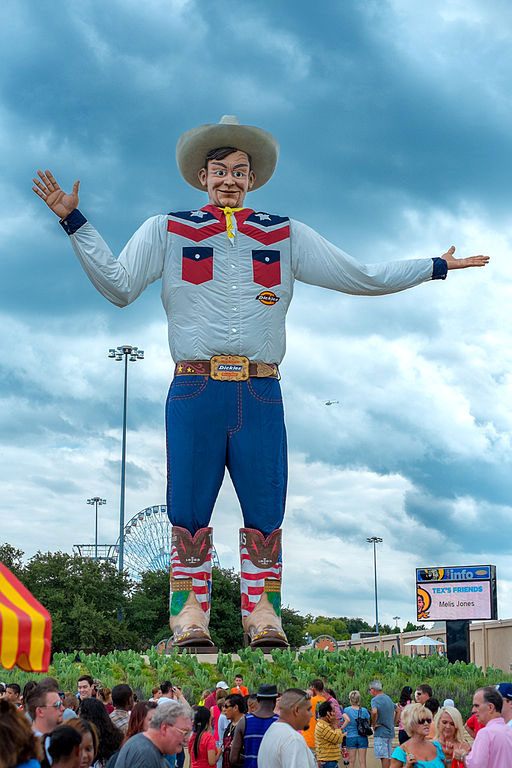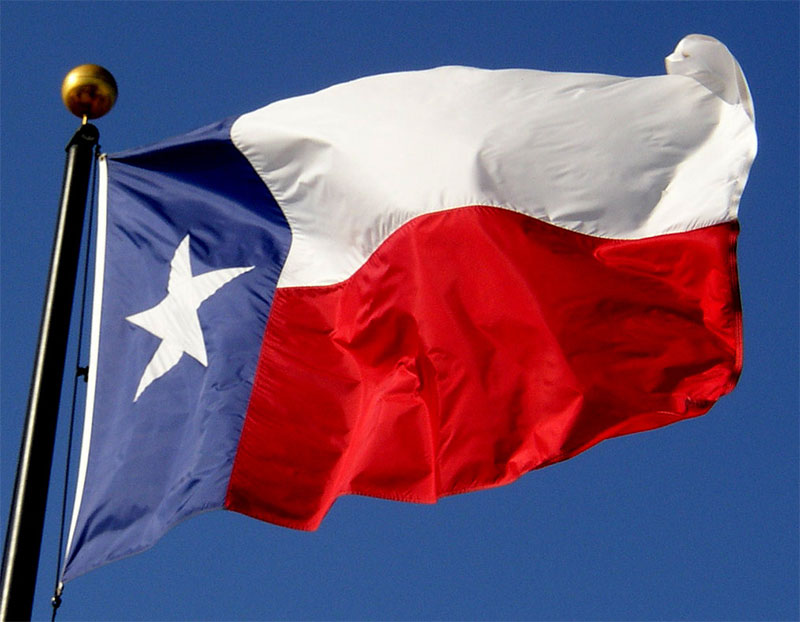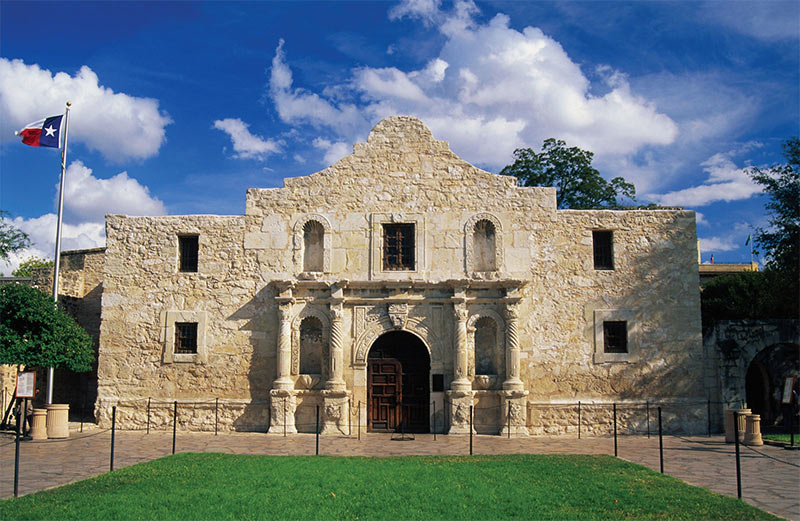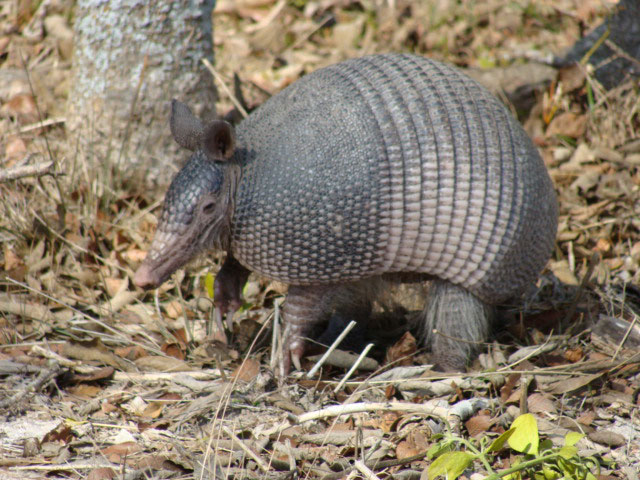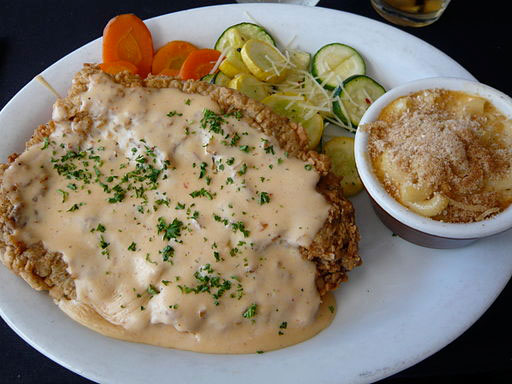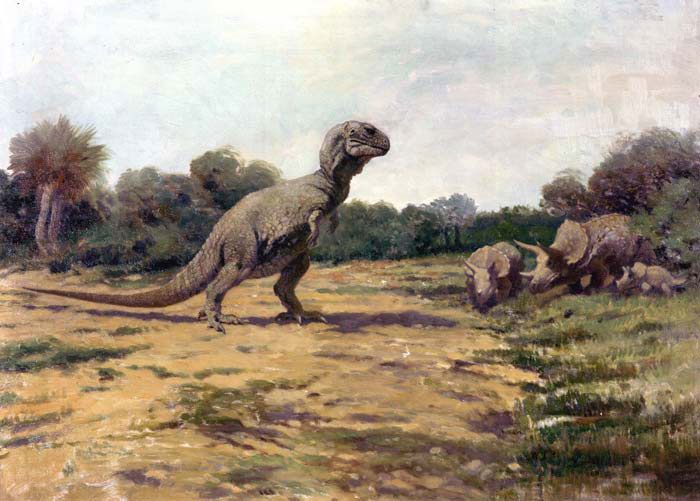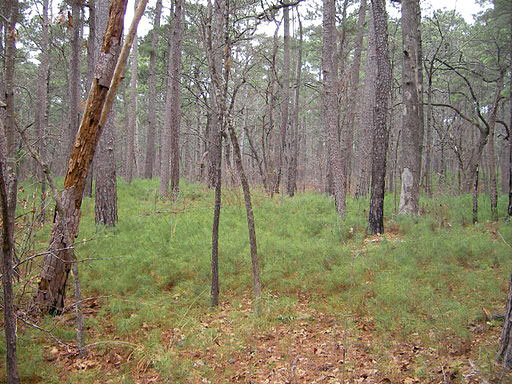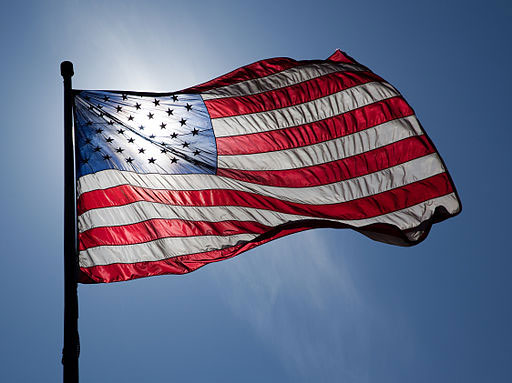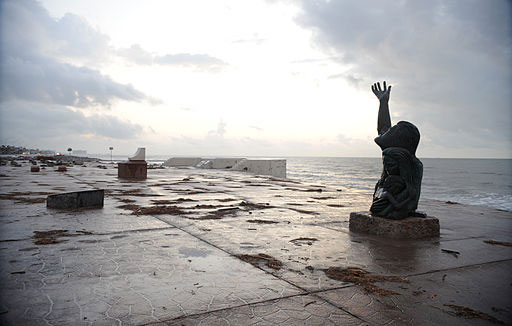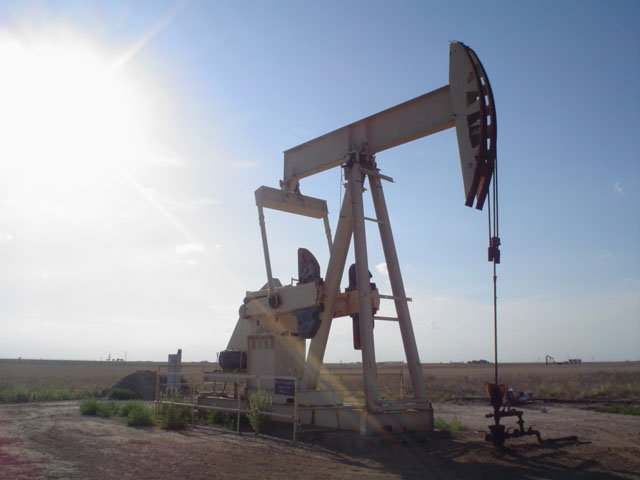Texas: Did You Know?
If you didn't, you should.
Why is "everything bigger in Texas"?
It's no secret that Texans like to brag. But the saying "everything is bigger in Texas" doesn't just refer to big hats, big hair, and big attitudes. It has its roots in the state's enormous geographical area. Texas has a total area of 268,820 square miles (696,241 km²), ranking just behind Alaska in terms of size. But Texas has over 60 times the population of Alaska! According to the 2020 Census Bureau, there are approximately 29 million people in Texas. Texas is second only to California in terms of population, with three cities—Dallas, Houston, and San Antonio—among the top ten most populous in the United States. The Texas economy is one of the largest in the world, equal to that of the nation of India.
Why is Texas called the "Lone Star State"?
Texas's nickname pays tribute to the Lone Star flag, which was adopted after Texas became independent from Mexico in 1836. Texas was an independent republic for ten years before accepting annexation to the United States, and the flag reflects the pride and go-it-alone spirit that is still part of the Texas way of life.
Why do Texans "remember the Alamo"?
To Texans, the Alamo isn't just a Hollywood movie—it's sacred ground. The Alamo fort had once been part of a Spanish mission and presidio complex in the city of San Antonio. In 1836, during the Texas Revolution, about 200 Texan volunteers under the command of William B. Travis and Jim Bowie decided to occupy the fort and defend San Antonio against the Mexican army. Among the volunteers was a former U.S. congressman from Tennessee, David Crockett.
Leading a greatly superior force, General Antonio Lopez de Santa Anna surrounded the Alamo and laid siege to it for 13 days. On February 23, 1836, the second day of the siege, a volunteer smuggled out a heroic letter from Travis calling for help from "the people of Texas and all Americans," and concluding with the stirring words:
Within days, hundreds of broadsides had been printed with Travis's words and were circulating throughout Texas and beyond. Thanks to the desperate, courageous portrait painted in Travis's letter, the conflict in San Antonio had become immediate and personal to thousands of people. Texans were shocked when Santa Anna launched a full-frontal attack on the Alamo on March 6, 1836. All the defenders of the Alamo were killed and their bodies burned.
Santa Anna's victory was costly in many ways. The Alamo defenders went down fighting, claiming the lives of over 600 Mexican soldiers. The unrelenting Santa Anna took his remaining forces in pursuit of the main Texan army under Sam Houston, who recognized the vulnerability of the Mexican army and attacked them at San Jacinto near the present-day city of Houston. With the battle cry of "Remember the Alamo!", Texan forces destroyed the Mexican army and captured Santa Anna, winning independence for Texas. So, almost from the day it fell, the Alamo became the most powerful symbol in Texas, the embodiment of the ferocity and self-sacrifice with which Texans will fight for freedom.
I shall never surrender or retreat ... I call on you in the name of liberty, of patriotism, and everything dear to the American character, to come to our aid with all dispatch. William B. Travis
What is an armadillo?
Depending on whether or not you're a gardener, an armadillo is a cute little critter or a destructive varmint! In either case, Texans have adopted the unusual, armor-plated mammals as the official small mammal of the Lone Star State. The Texas armadillo (more formally known as the nine-banded armadillo), belongs to the family Endenta, making it a relative of ant-eaters and sloths. Originally a native of Mexico, it has gradually expanded its range throughout Texas and into Oklahoma and Louisiana. Its body shell and heavy scales offer protection from the heavy brush and brambles of its usual habitats, but only the three-banded armadillo can completely curl itself into a ball to ward off predators. The peaceful, slow-moving creatures enjoy grubbing for insects. Their wanderings often lead to unfortunate encounters with automobiles. And the rumors are true—besides humans, armadillos are the only animals that can carry leprosy. To prevent exposure to the disease, handling wild armadillos is not advised.
What is chicken-fried steak?
While many states claim to have the best barbeque, Texas is the undisputed home of the chicken-fried steak. The beloved folk dish is prepared by coating a tenderized cutlet of cube steak with seasoned flour and pan-frying it like you would fry chicken. It is always served with white flour gravy. The chicken-fried steak is thought to have its origins with German immigrants to Texas who found a way to make use of a tough cut of meat by preparing it in the manner of a breaded and fried wiener schnitzel. Chicken-fried steak is such a staple of Texas cooking that you may even see traditional chicken cutlets on a menu described as chicken-fried chicken!
What is Tex-Mex cuisine?
California and New Mexico have distinct versions of dishes derived from Mexican influences, and Texas is no different. Tex-Mex has its roots in the unique Tejano culture. Tejanos are the descendants of the Spanish and Mexican settlers who lived in Texas before it became an independent republic in 1836. The classic Tex-Mex dish is cheese enchiladas covered with chili gravy, served with rice and refried pinto beans. It is distinguished by its abundant use of cumin and chili, flavors first brought to Texas in the 1700s by settlers from the Canary Islands. Tex-Mex is a people's food, not fine dining! As Tex-Mex evolved, it liberally incorporated influences from Anglo and German settlers, including the use of flour tortillas, beef, cheddar and American cheese, and canned tomatoes.
Were there ever dinosaurs in Texas?
Yes! Fossils from 21 different dinosaur species have been discovered in Texas. These creatures roamed the earth from 225 million years ago to 65 million years ago, and have been uncovered in the Panhandle, Central Texas, and Big Bend. And yes—Tyrannosaurus Rex was among them!
When did people first come to Texas?
No one knows for sure. The earliest evidence for human habitation of Texas has been dated back to around 13,000 BCE, and it appears Texas was continuously inhabited by American Indians for thousands of years. The first non-native people to visit Texas were Álvar Núñez Cabeza de Vaca and three other victims of a Spanish shipwreck who washed ashore on Galveston Island in 1528 and spent nine years with the native people before making their way home. The first permanent non-native settlement in Texas was San Antonio, founded in 1731 by 56 Spanish immigrants from the Canary Islands.
When did Texas become a state?
In February, 1845, the United States Senate passed a joint resolution to admit Texas as the 28th state of the union—a resolution that passed by only one vote! In the fall of that year, Texas voters overwhelmingly approved annexation. In December 1845, the U.S. Congress formally approved the annexation and it was signed into law by President James K. Polk. In a ceremony in Austin on February 19, 1846, Anson Jones, the last president of the Republic of Texas, hauled down the Texas flag. The Stars and Stripes were raised over Texas and James Pinckney Henderson, the master diplomat who had helped negotiate the treaty of annexation, was sworn in as the first governor of the state of Texas.
What was the greatest natural disaster ever to occur in Texas?
Most people have heard stories of extreme Texas weather, but on Saturday, September 8, 1900, Galveston was the site of the worst natural disaster ever to hit the United States. A hurricane of almost unimaginable force leveled two-thirds of the city and killed between 6,000 and 8,000 people in Galveston. The death toll along the Texas coast was estimated at 10,000 to 12,000. Scenes of horror and suffering followed for weeks after the disaster. Once one of the leading commercial centers of the South, Galveston rose from the grave after the hurricane via some remarkable feats of engineering, including building a six-mile long seawall and raising the entire grade of the island by as much as 17 feet. In this extraordinary effort, over 2,000 buildings were jacked up and filling pumped underneath, including a 3,000-ton church. Several storms as powerful have hit the United States in the years since, but none had the tremendous loss of life of the Great Storm of 1900. It's still referred to as simply the "Great Storm" because weather forecasters didn't start naming storms until the 1950s.
Everyone in Texas wears a cowboy hat and has an oil well in their backyard—right?
Texan culture has powerful myths and images that native Texans enjoy as much as non-natives do. But these days, ranching, petroleum extraction, and petrochemicals are just a part of what makes Texas Texas. The Texas economy is extremely diverse, with major industries ranging from agriculture to high tech, from aerospace to shipping, from the military and national defense to the music industry. At last count, Texas has over 181 research colleges and universities, as well as innumerable community colleges and trade schools. It is also home to the M.D. Anderson Cancer Center, one of the largest and most innovative cancer research centers in the world, and the Johnson Space Center, NASA's center for manned space flight in the United States.
Who was the Yellow Rose of Texas?
"The Yellow Rose of Texas" is arguably the most famous song about Texas, and it was inspired by a real person. Emily West was a free African-American servant. She was kidnapped by Santa Anna's army on April 16, 1836, and forced to accompany the Mexican army to the Battle of San Jacinto. After the Mexican defeat, stories began to circulate that Emily helped the Texan cause by distracting General Santa Anna while the Texans attacked. Though the story has no basis in historical fact, it became a popular Texas myth and Emily West eventually became known as "The Yellow Rose of Texas." Little is known of her later life, but it is thought that she returned to her home in New York in 1837. Years later, Texas soldiers serving in the Civil War used "The Yellow Rose of Texas" as their marching song and it has been indelibly associated with Texas ever since.
